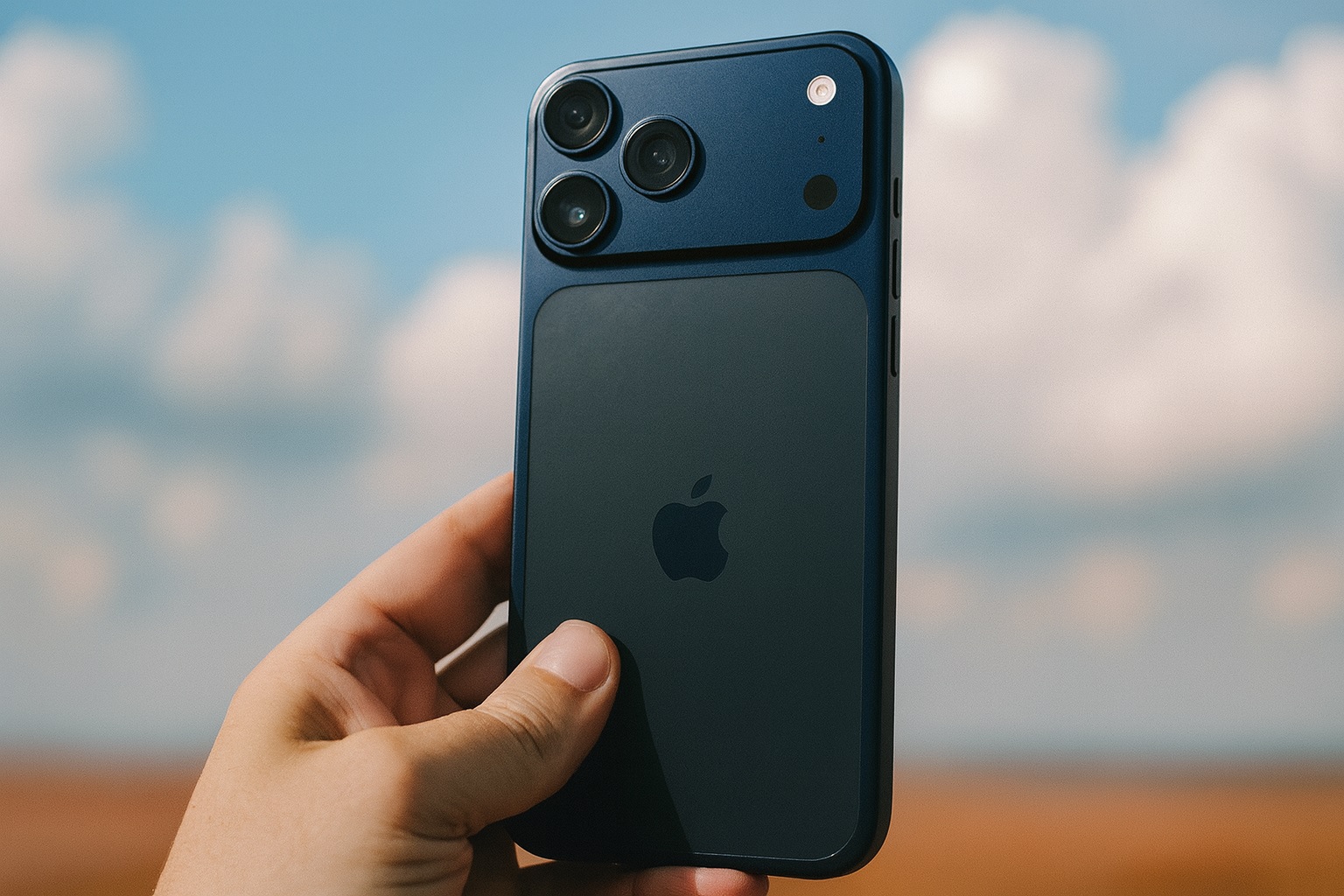- Sales Surge: Counterpoint Research reports the iPhone 17 series outsold the iPhone 16 series by 14% in their first 10 days on sale in the U.S. and China [1]. The base iPhone 17 was especially popular – its sales nearly doubled those of last year’s basic model in China [2] after Apple upgraded its chip, display, storage and camera at the same $799 price.
- Strong Demand: “The base model iPhone 17 is very compelling to consumers, offering great value for money,” says Counterpoint analyst Mengmeng Zhang [3]. In fact, Apple asked assemblers to boost production by ~30-40% for the entry-level iPhone 17, citing stronger-than-expected pre-orders [4]. Early reports even noted long lines at stores, underscoring the surge in demand.
- Analyst Optimism: Wall Street is taking notice. JPMorgan raised its Apple price target to $280 (from $255) “citing favorable early demand for the iPhone 17 series” [5]. Other firms followed suit – for example, Tigress Financial now targets $305 and Evercore $260 (even UBS lifted its forecast to $220) [6]. JPMorgan expects Apple to sell 236 million iPhones in fiscal 2026 (about +2% year-over-year) and forecasts iPhone revenue growth accelerating into 2027 [7] [8].
- Foldable iPhone Anticipation: Analysts believe Apple’s next big catalyst is a foldable iPhone. Multiple sources (including the Wall Street Journal) say Apple aims to launch its first foldable iPhone in late 2026 or 2027 [9]. The Nikkei reports Apple is already testing foldable displays (in Taiwan) and planning mass production in India by 2026 [10]. JPMorgan predicts the foldable will kick off a new upgrade cycle, driving “mid- to high-single digit” iPhone unit growth in FY2026 and double-digit iPhone revenue growth in FY2027 [11] [12].
Apple’s blockbuster iPhone 17 launch appears to have jump-started the company’s smartphone sales. Counterpoint’s data suggest the new models are significantly outpacing the previous generation in key markets [13]. Industry analysts say this reflects a sharper upgrade cycle driven by the 17’s major improvements. Indeed, the basic iPhone 17 now offers “a better chip, improved display, higher base storage, [and] selfie camera upgrade – all for the same price as last year’s iPhone 16,” as Mengmeng Zhang notes [14]. These upgrades – once exclusive to the pricier Pro models – have clearly resonated with customers, forcing Apple to ramp up production quickly [15].
Investor sentiment has swung strongly positive. In mid-October, after seeing the early sales data, analysts from JPMorgan and other banks upgraded their revenue forecasts and stock targets. JPMorgan’s $280 target, for example, is based on “favorable early demand” and an outlook of 236 million iPhones sold in fiscal 2026 [16]. With more customers trading in old phones for the new 17 (and next year’s foldable), Apple’s smartphone revenue is expected to grow again after a couple of flat years. One JPMorgan report projects 7% overall revenue growth in FY2026 and 10% in FY2027, driven by iPhone strength and new product cycles [17].
The foldable iPhone – long rumored – adds to the buzz. Apple-watchers note that analyst Ming-Chi Kuo and others now peg a foldable debut in late 2026 [18]. If correct, this would come just as Apple enters its holiday quarter and would likely spur yet another upgrade wave. JPMorgan explicitly mentions the foldable as a catalyst for 2027 growth [19]. (Some reports suggest the first foldable iPhone could cost roughly $1,800–$2,000, though expert Ming-Chi Kuo recently indicated its hinge design may not be as expensive as expected.)
In short, the iPhone 17 launch seems to be reversing a few years of sluggishness. Early sales metrics and analyst checks point to the fastest iPhone growth since before the pandemic [20]. Apple will confirm details when it reports Q4 (Sept) results on Oct. 30, but for now both fans and investors are upbeat. As one JPMorgan analyst put it, the strong 17 demand and a high-end foldable in the pipeline give Apple a solid runway into 2026–27 [21] [22].
Sources: Leading tech and financial news outlets, including Reuters and FT/SSeekingAlpha, as well as market research from Counterpoint [23] [24] [25] [26], provide the basis for these insights and quotes. Each key fact above is cited to its source.
References
1. m.economictimes.com, 2. m.economictimes.com, 3. m.economictimes.com, 4. www.reuters.com, 5. www.investing.com, 6. www.investing.com, 7. www.investing.com, 8. www.investing.com, 9. www.macrumors.com, 10. www.investing.com, 11. www.investing.com, 12. www.investing.com, 13. m.economictimes.com, 14. m.economictimes.com, 15. www.reuters.com, 16. www.investing.com, 17. www.investing.com, 18. www.macrumors.com, 19. www.investing.com, 20. seekingalpha.com, 21. www.investing.com, 22. www.macrumors.com, 23. m.economictimes.com, 24. www.reuters.com, 25. www.investing.com, 26. www.macrumors.com
